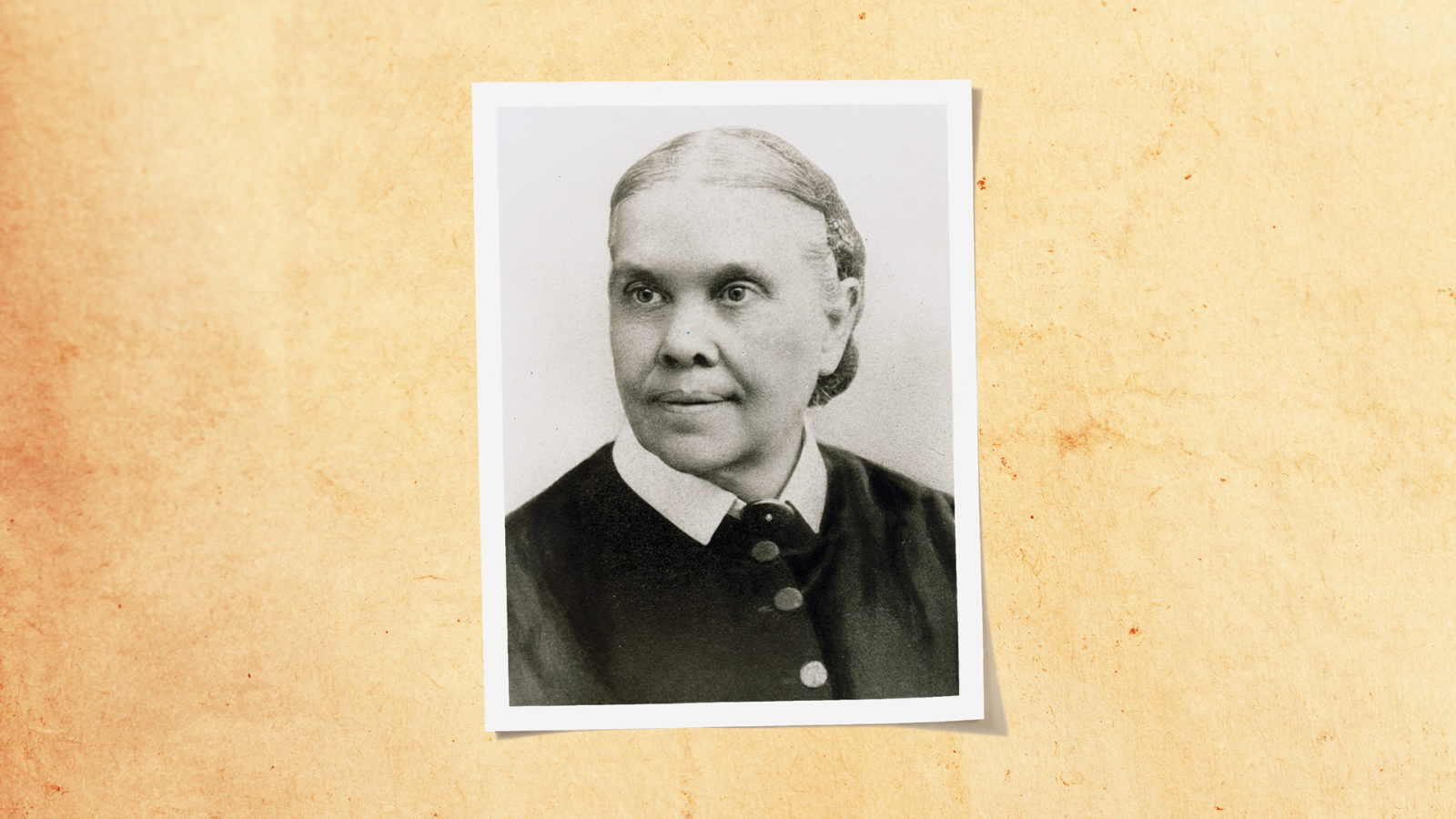In his introduction to the book Reading Ellen White: How to Understand and Apply Her Writings, George Knight confirms the spiritually nurturing influence of her publications.
“They proved to be a helpful and reliable guide to those in all walks of life.”1 At the same time, her incredible literary output, such as letters, manuscripts, articles and books she wrote during her lifetime, and the compilations published after her death, contribute to a variety of viewpoints on how to understand and use her writings.
A more troubling concern is that some use her writings as an infallible Bible commentary, a position she adamantly refuted.
“I recommend to you, dear reader, the Word of God as the rule of faith and practice.”2 This brief reflection aims to explore the purpose of Ellen White’s inspired writings; how to understand and use them as a faith-nurturing guide.
The purpose of prophetic gift
In 1901, Ellen White made a significant statement: “The Lord desires you to study your Bibles. He has not given any additional light to take place of His Word.”3 It is evident that through her entire ministry, she focused on the primacy of the Scripture. “Little heed is given to the Bible, and the Lord has given a lesser light to lead men and women to the greater light.”4
She spelled out a clear definition between the authority of the Bible and her writings. “The Spirit was not given—nor can it be bestowed—to supersede the Bible; for the Scriptures explicitly state that the Word of God is the standard by which all teaching and experience must be tested.”5 Further, she saw her writings as subject to the authority of the Bible.6 The clarity of Ellen White’s position raises a question: how should we understand her literary contribution to the Seventh-day Adventist Church?
The Bible defines the prophetic voice in terms of inspirational nurture: “But everyone who prophesies speaks to men for strengthening, encouragement and comfort” (1 Corinthians 14:3). A selective and often out-of-context use of Ellen White’s writings places her God-designed role in the framework of a prescriptive authoritarian rather than an inspirational visionary. Such use drains the Church of the spiritual blessings and motivation provided by God for the challenges in life’s journey. [pullquote]
Visionary motivation
Firstly, let’s consider the overarching themes of her writings. Between 1858 and 1888 she developed and amplified the big-picture overview of the great controversy theme focusing on the reality of the conflict between good and evil, God and Satan. The quintessential focus of the story is Jesus. “There is one central truth to be kept before the mind in searching of the Scriptures—Christ and Him crucified.”7 In this context, her writings highlight the value of human life, its uniqueness potential and the gift of free will.
However, between 1888 and 1911 Ellen White published her most significant works.8 During this period of creative visioning, she recaptured the important elements of God’s purpose for the ongoing journey of faith. Her reflections on God’s communicative presence inspired her with insights of new realities; a reception and vision of a new world seen through the lenses of God’s passion for the lost. In the context of the great controversy theme her writings highlight the following four motifs: spiritual authenticity, genuine relationships, professional development and personal identity. In her understanding, these motifs stem from the source of all wisdom—God—and shape an inspirational framework of His designed purpose for Christian living. The overarching themes challenge the Church to live a spiritually relational life anchored in the teaching of Jesus and the spiritually transformational impact of God’s saving grace. Most of all, her emphasis on God’s love aims to empower the Church to live a spiritually missional life.9
Contextual understanding
Secondly, it is evident that Ellen White’s understanding, including the plan of salvation and the depth of God’s love, matured during the years of her ministry. As observed by Jude Lake, “It is important to understand that Ellen White didn’t write like a systematic theologian.”10
In consequence, her thoughts on a specific theological subject “must be compared with her statements on that subject from throughout her writings and analysed in its immediate and larger context”.11 The main thrust of her role was pastoral, but more to the point, pastorally inspirational.
During 70 years of ministry, she also wrote letters, manuscripts, testimonies and articles through which she nurtured the spiritual life of individual people, churches, organisations and Church leaders. In addressing the spiritual issues and theological extremes of her time, “she sought to give counsel from the framework of her visions and apply the biblical principles to the many and varied situations she encountered”.12 Therefore, to understand her messages, it is essential to consider the time and place, the literal and historical context.13 With this in mind, she argued, “God wants us all to have a common sense, and He wants us to reason from common sense. Circumstances alter conditions. Circumstances change the relation of things.”14
Application
Ellen White’s writings are often used selectively to support personal views, theological positions and, more sadly, to criticise others. So how should we read and understand her works? Firstly, it’s important to remember that the central focus of her personal life and writings is on Jesus’ and God’s love revealed on the cross. We need to reflect on how the overarching big picture of God’s story unfolding in her writings impacts our spiritual growth and relationship with people. How do her writings enrich our commitment to follow the teachings of Jesus and to apply the principles of His love in everyday life?
After all is said and done, Ellen White’s visualisation of a new world given by God blends with an even more profound, vertically anchored, motivational and inspirational perspective. “All heaven is waiting for men and women through whom God can reveal the power of Christianity.”15
In her mind, the experience of sharing the power of God’s grace in the complexity of the changing world prepares the Church for the higher joy of service in the world to come—service that will flow through eternity from more complete “revelations of God and Christ”.16
Dr John Skrzypaszek is director of the Ellen G White/SDA Research Centre at Avondale College of Higher Education.






